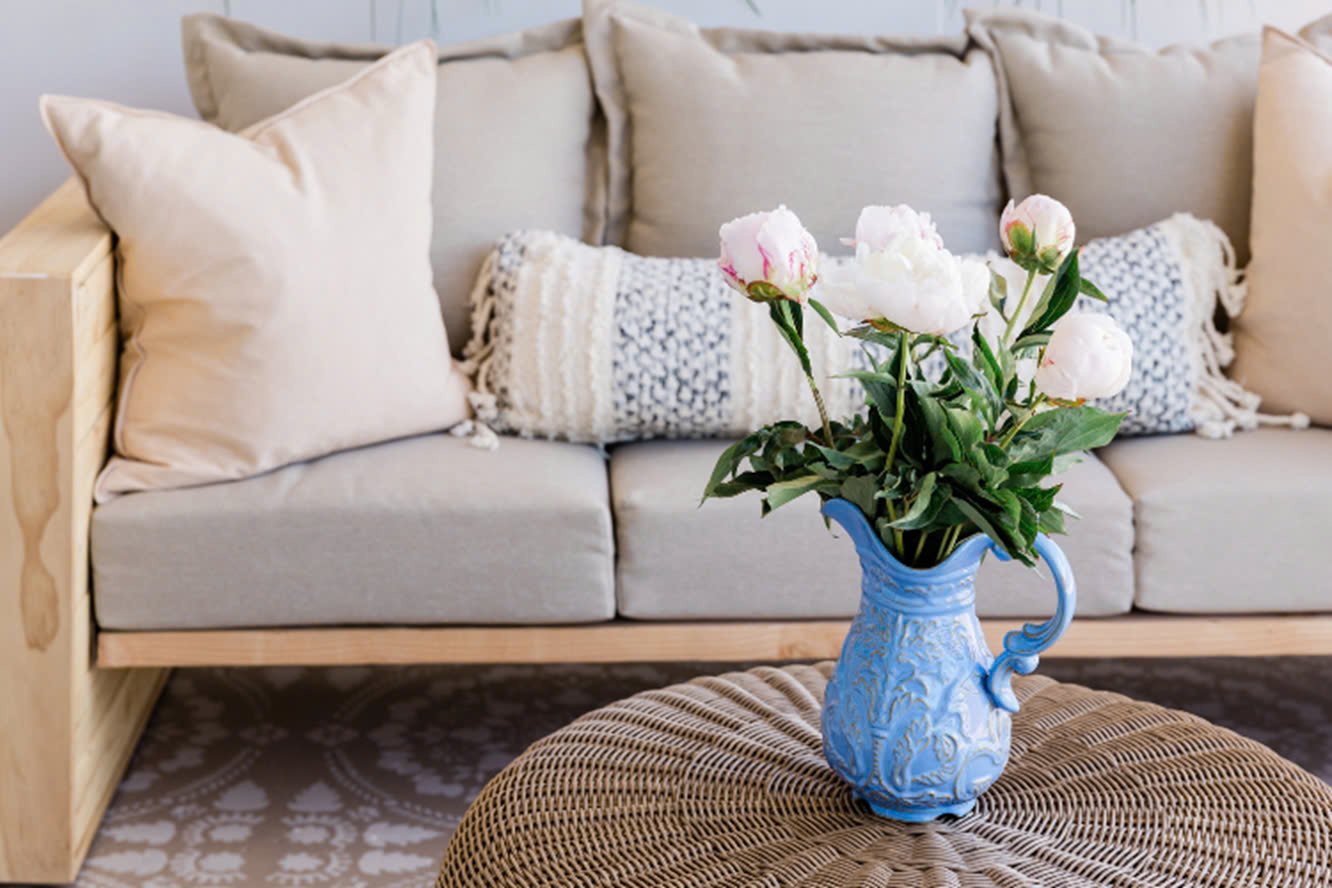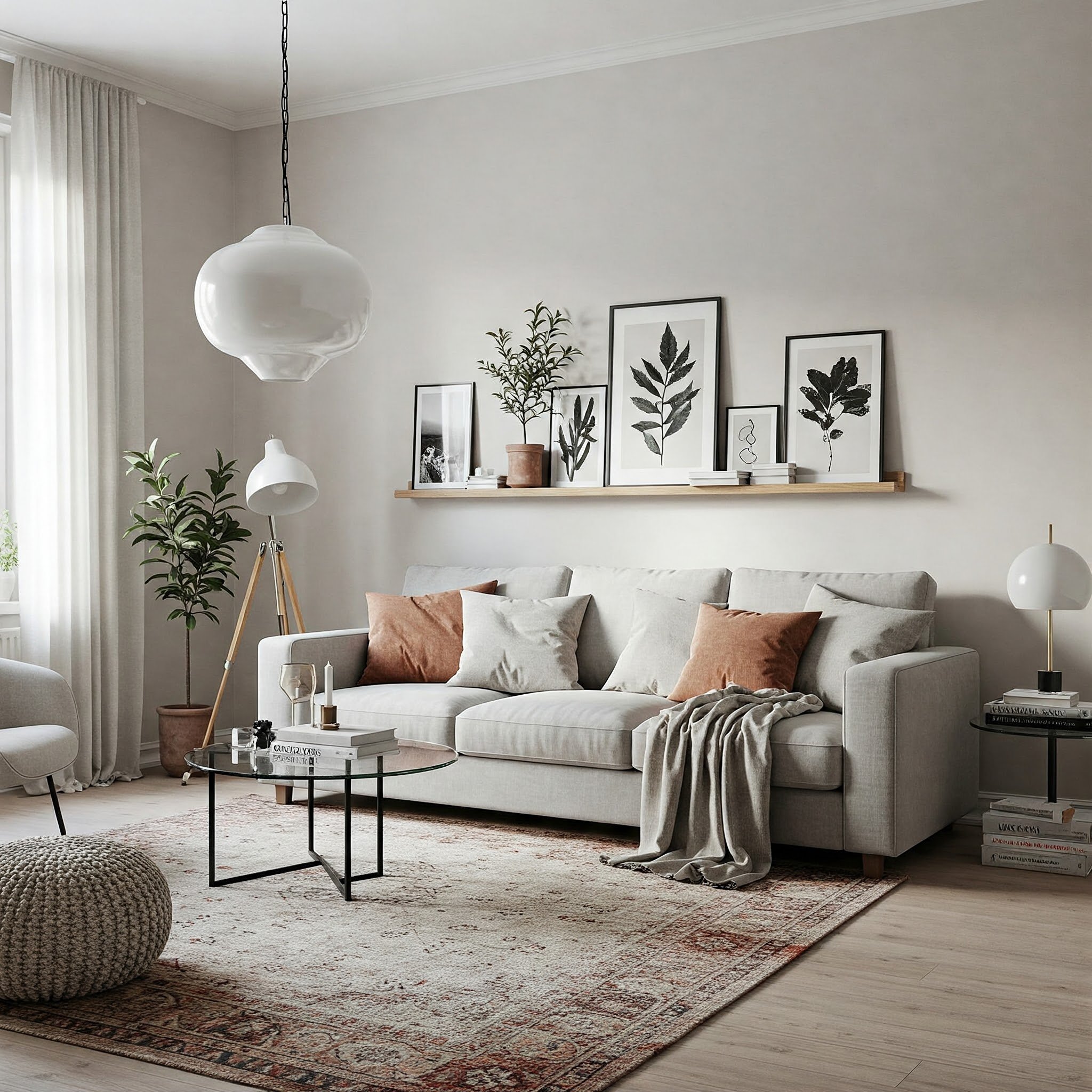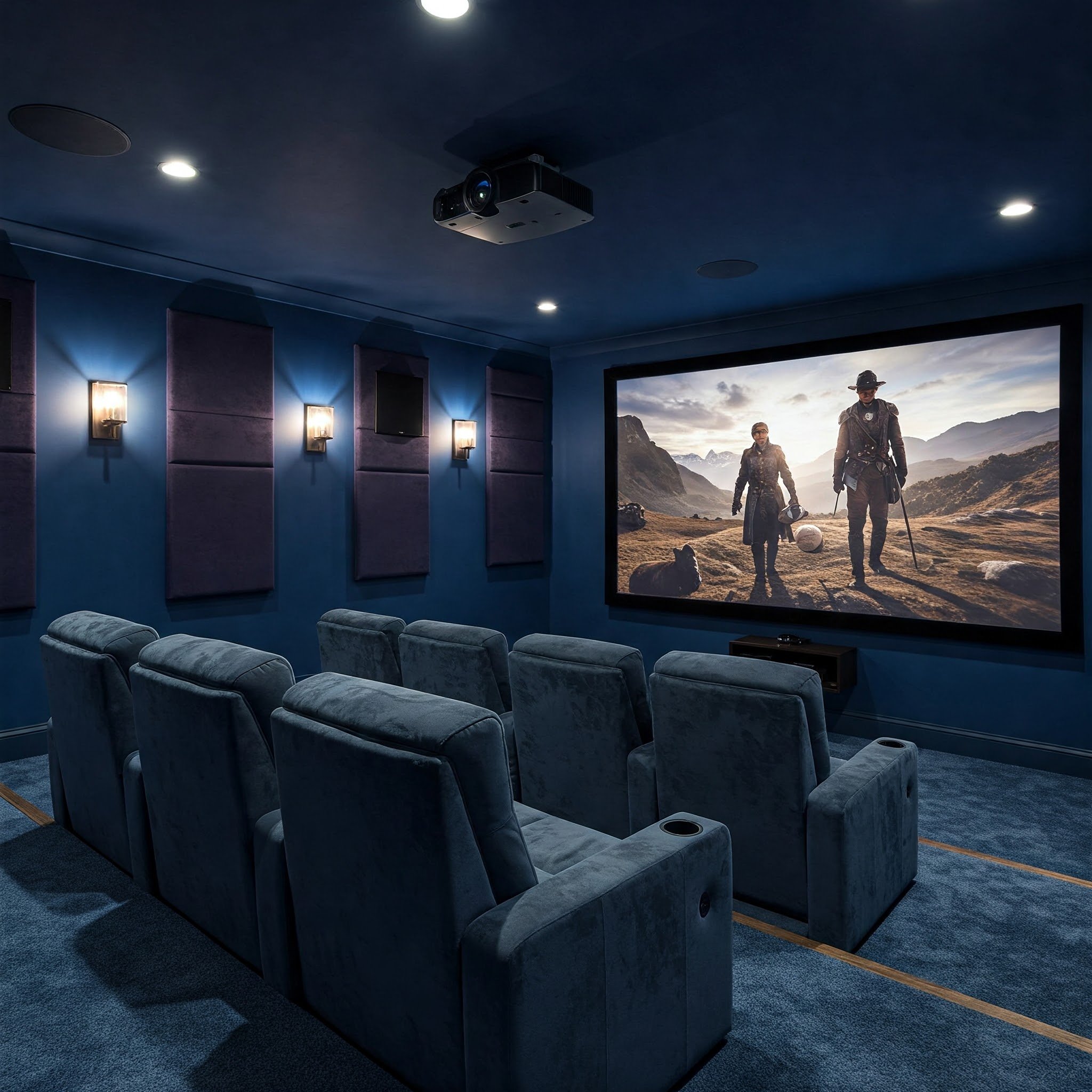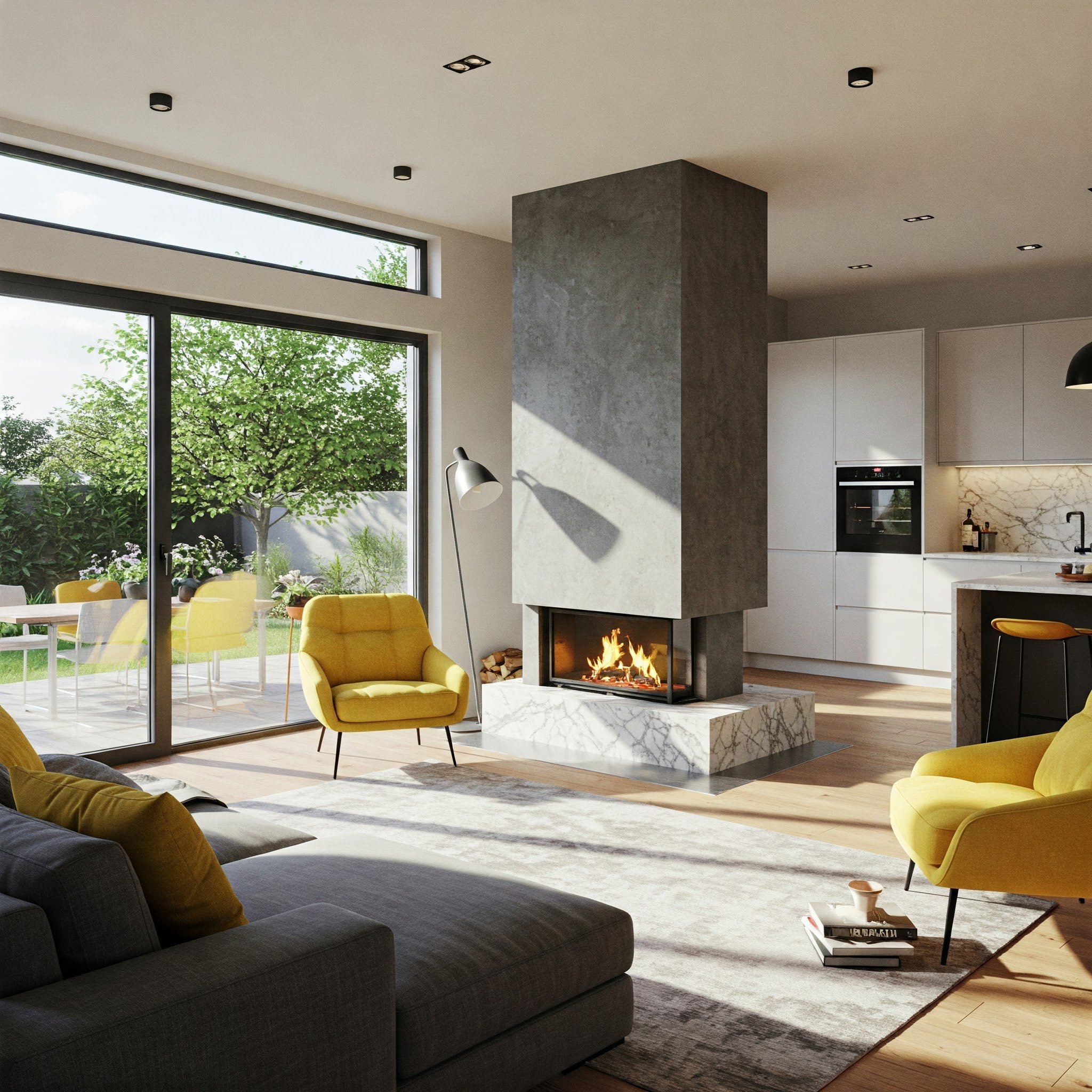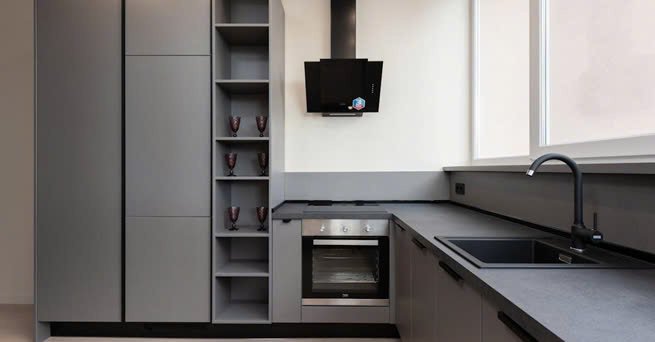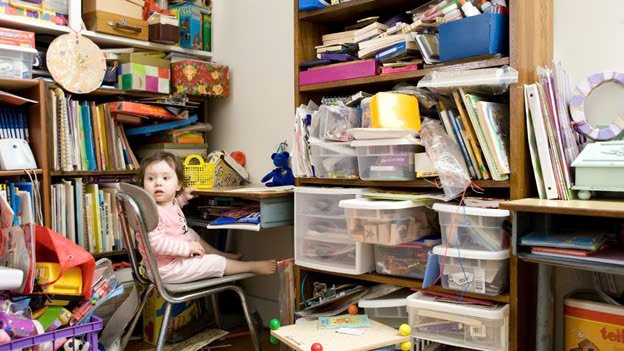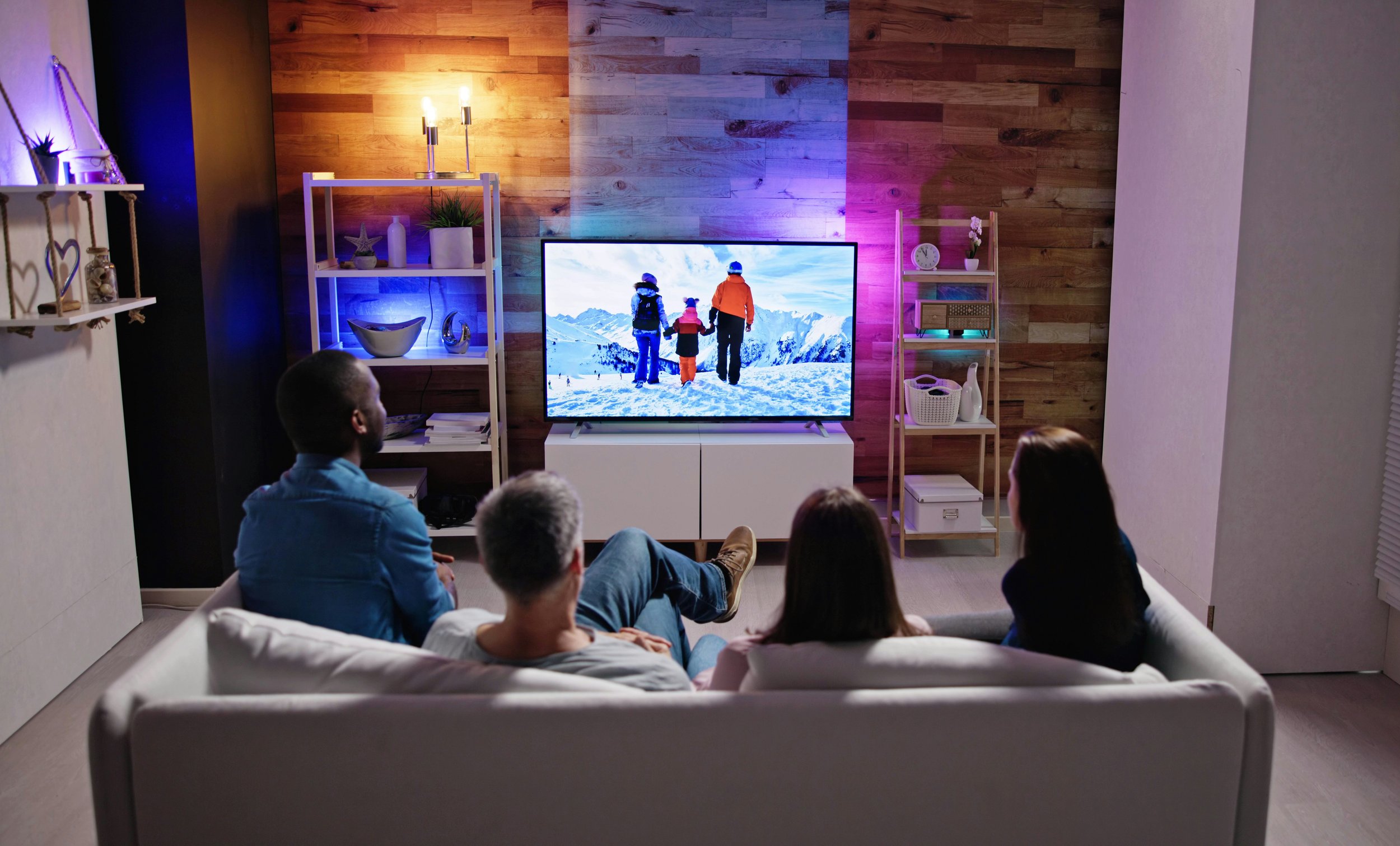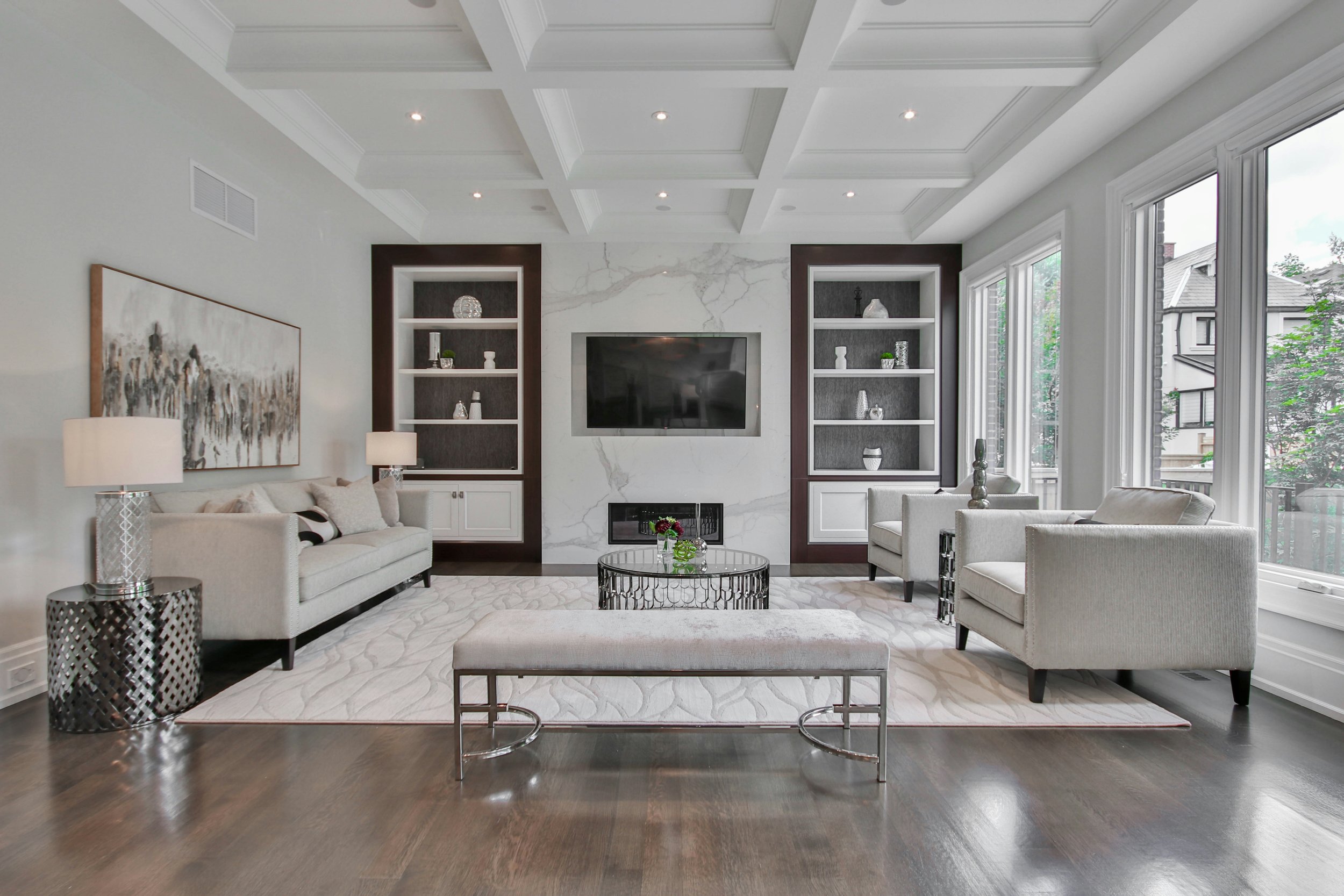Tips for Creating a More Accessible Home for Disabled Individuals
Discover practical tips for creating a more accessible home for disabled individuals, focusing on safety, comfort, and ease of movement throughout the space.
When it comes to creating a home that is accessible for individuals with disabilities, there are several things to consider. From physical modifications to technological advancements, there are endless ways to make your home more inclusive and accommodating.
In this blog post, we will explore some tips and ideas for transforming your home into a space that is not only functional but also welcoming for disabled individuals. Whether you or someone you know has a disability, or you simply want to create a more inclusive environment in your home, these tips will help guide you towards making your living space more accessible. Let's dive in.
Start With a Thorough Accessibility Assessment
The first step in creating a more accessible home for disabled individuals is to conduct a thorough accessibility assessment. This involves taking a close look at every aspect of your home, from the entrance and layout to the furniture and technology. It is important to consider not only physical disabilities but also cognitive and sensory disabilities that may require different accommodations.
You can hire a professional accessibility consultant or work with organizations that offer free assessments for homeowners. They will provide you with recommendations on modifications and improvements specific to your home and the needs of those living in it. By starting with an assessment, you can ensure that all necessary changes are made to create a truly inclusive living space for disabled individuals.
Enhance Your Bathroom
The bathroom is one of the most important areas to consider when creating an accessible home. It is a high-traffic area that needs to accommodate individuals with various disabilities and mobility limitations.
Some simple modifications that can make a big difference in the bathroom include installing grab bars near the toilet, shower, and bathtub. For a compliant ADA bathroom, consider following the laid-down guidelines for the placement of grab bars. Also, consider installing a roll-in shower with a built-in seat and adjustable handheld shower head for individuals who use wheelchairs.
Other modifications to enhance bathroom accessibility include adding non-slip flooring, lowering sink and countertop heights, and using lever-style handles on faucets. These small changes can make a big impact in creating a safer and more comfortable space for disabled individuals. End of Section
Consider Widening Doorways and Hallways
Another important aspect of creating an accessible home is to consider widening doorways and hallways. This allows for easier navigation for individuals with mobility aids such as wheelchairs, walkers, or canes.
The standard doorway width is 32 inches, but it is recommended to widen them up to 36 inches for better accessibility. Similarly, hallways should be at least 36 inches wide to allow for easy movement throughout the home.
Widening doorways and hallways may require some structural modifications, so it's important to consult a professional contractor before making any changes. Additionally, consider removing any unnecessary furniture or decorations that can obstruct pathways. By increasing the width of doorways and hallways, you can greatly improve the overall accessibility and functionality of your home for disabled individuals.
Opt for Lever-Style Door Handles Instead of Knobs
When it comes to door handles, choosing lever-style handles instead of knobs can make a big difference in accessibility. For individuals with limited hand strength or dexterity, turning a knob can be difficult and sometimes impossible.
Lever-style handles are easier to grasp and operate with just one hand, making them ideal for disabled individuals. They also require less fine motor skills, making them more accessible for those with conditions such as arthritis or cerebral palsy.
Replacing all the doorknobs in your home may seem like a daunting task, but it can greatly improve the accessibility for disabled individuals. There are also various styles and designs of lever-style handles that can add a touch of personality to your home while increasing its inclusivity.
Install Ramps or Lifts For Stairs
Stairs can be a major barrier for individuals with mobility limitations. Installing ramps or lifts can greatly improve accessibility and allow for easy movement between different levels of the home. Ramps are ideal for individuals who use wheelchairs, while lifts are more suitable for those who have difficulty climbing stairs.
Both options require careful planning and installation to ensure they meet safety standards and complement the design of your home. If cost is a concern, there are also temporary or portable ramp and lift solutions available. Consider consulting with an accessibility expert to determine the best option for your home and budget.
Choose Non-Slip Flooring Options
Slippery flooring can be hazardous for anyone, but it can be particularly dangerous for individuals with disabilities. To create a safer and more accessible home, consider choosing non-slip flooring options such as vinyl, rubber, or textured tiles. These materials provide better traction and reduce the risk of slips and falls.
In areas where carpet is preferred, opt for low-pile or looped carpets instead of high-pile ones to make it easier for individuals using mobility aids to move around. It's also important to keep floors clean and clutter-free to avoid any obstacles that may impede movement. By choosing non-slip flooring options, you can greatly improve the safety and accessibility of your home for disabled individuals.
Utilize Smart Home Technology for Added Convenience
Smart home technology has advanced significantly in recent years and can greatly enhance accessibility in the home. From voice-activated assistants to automated lighting and temperature control, these technologies can make daily tasks easier for individuals with disabilities.
For example, individuals with limited mobility can easily control appliances or lights through their smartphone or voice commands. Smart home devices can also be programmed to turn on and off at specific times, making it easier for disabled individuals to maintain a routine. Additionally, smart security systems can provide peace of mind for both caregivers and disabled individuals living alone.
With the ever-growing options in smart home technology, there are endless possibilities for creating a more accessible and convenient living space for disabled individuals.
Create Easy-to-Navigate Living Spaces
Last but certainly not least, it's important to ensure that all living spaces within the home are easy to navigate for individuals with disabilities. This includes keeping walkways clear of clutter, arranging furniture in a way that allows for easy movement, and ensuring proper lighting throughout the house.
It's also helpful to have designated areas or storage solutions for mobility aids such as wheelchairs or walkers. This not only makes them easily accessible but also keeps them out of the way when they're not in use.
By creating open and obstacle-free living spaces, you can greatly improve the accessibility and functionality of your home for disabled individuals. Remember to regularly assess and make necessary modifications to ensure your home remains a safe and inclusive space for everyone.
Creating a more accessible home for disabled individuals involves careful consideration and planning. By following these tips, you can transform your living space into a safe, functional, and welcoming environment for individuals of all abilities. Remember to regularly assess and make necessary modifications to ensure your home remains inclusive and accommodating for the long term. With these changes, you can make a positive impact on the lives of disabled individuals and create a more inclusive society.




